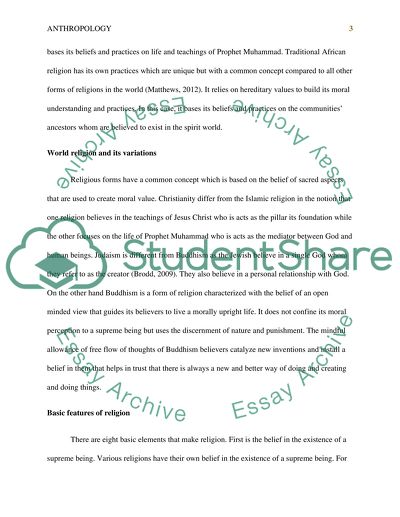Cite this document
(“Religion Research Paper Example | Topics and Well Written Essays - 1000 words - 1”, n.d.)
Retrieved from https://studentshare.org/anthropology/1642201-religion
Retrieved from https://studentshare.org/anthropology/1642201-religion
(Religion Research Paper Example | Topics and Well Written Essays - 1000 Words - 1)
https://studentshare.org/anthropology/1642201-religion.
https://studentshare.org/anthropology/1642201-religion.
“Religion Research Paper Example | Topics and Well Written Essays - 1000 Words - 1”, n.d. https://studentshare.org/anthropology/1642201-religion.


